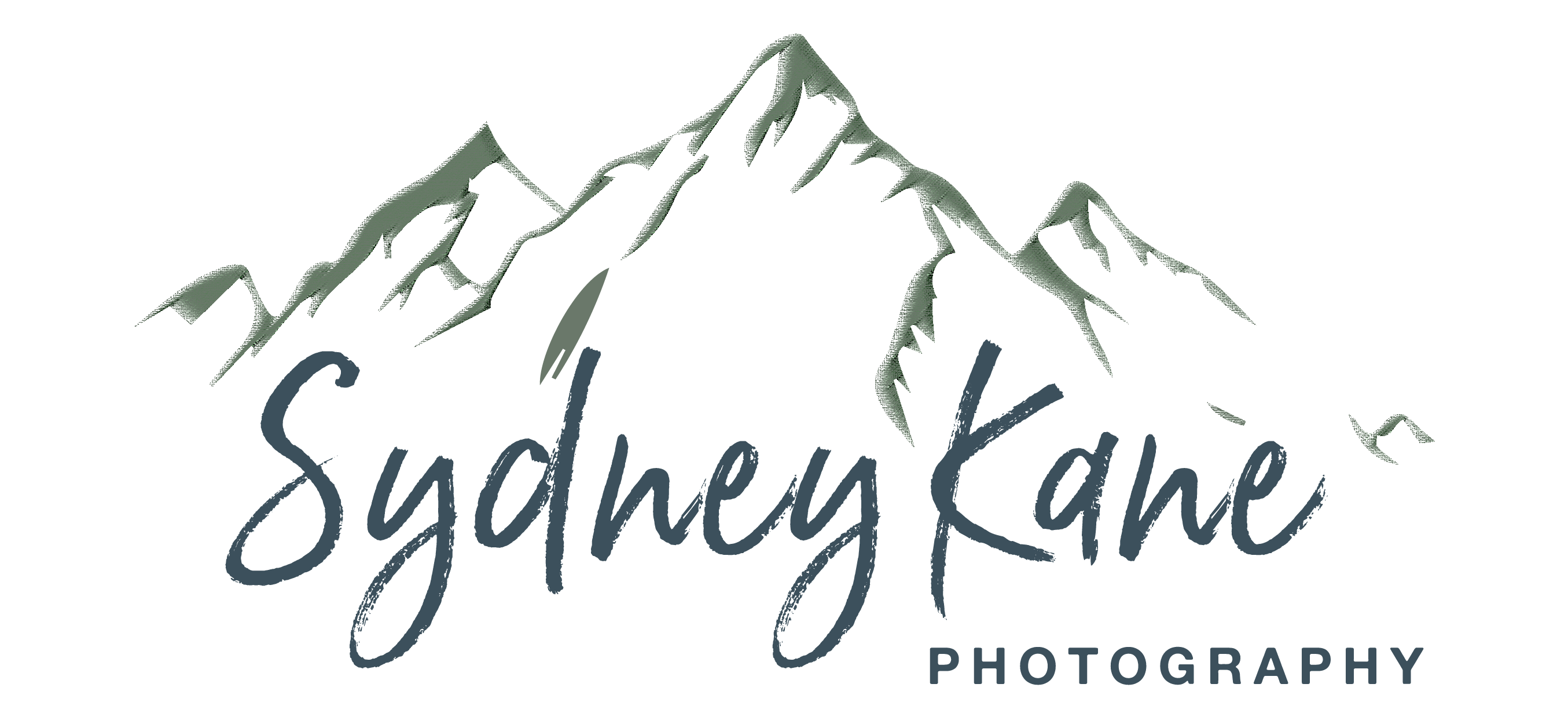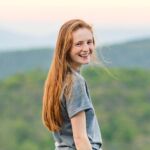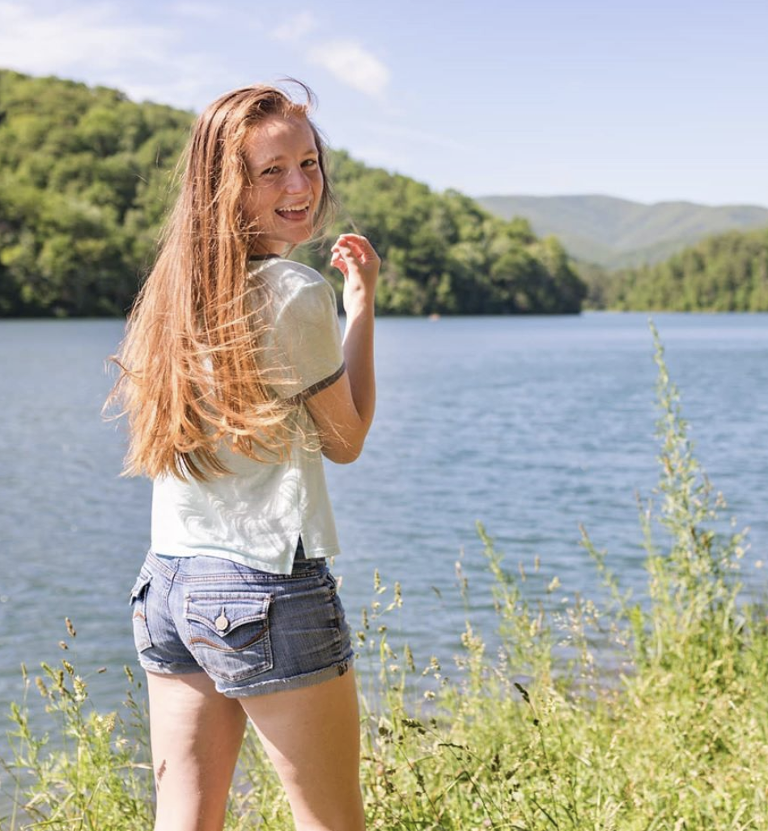My Equipment
A huge side of every photographer is the equipment they use. If you ask them, most of the time they’ll launch into a long list of things they own and what they’re hoping to get next and how it’ll help their business. We love to talk about it, especially to other photographers. There are huge debates about Canon vs Nikon vs Sony, or between camera bodies or lenses, or between when you should use what. Equipment can be the physical cameras, lenses, and flashes that we carry around, but it can also be the electronics and programs we use on a regular basis. I get a lot of questions about the equipment I use, so I broke down exactly what I use, when I use it, and how it helps me and my business.
You can watch the YouTube video that goes along with this blog post here!
.jpg)
First, let me break down for you exactly what camera bodies and lenses I have before I go into what situations I use them in.
Currently, my primary camera body is the Canon EOS 5D Mark III, and my backup and second camera is the Mark II. I have neck straps for each of them, but I also have a harness (Holdfast Money Maker) that allows me to wear both (see above photo).
The lenses I currently own are: Sigma Art 35 mm f/1.4, 85 mm f/1.2, 100 mm f/2.8, 24-70 mm f/2.8, and 70-200 mm f/2.8.
The other physical equipment parts I own are: a tripod, various camera bags, Flashpoint Zoom Li-on R2 TTL on-camera flash speedlight (my main on-camera flash), Canon Speedlite 600EX-RT (backup on-camera flash), and the Flashpoint eVOLV 200 TTL off-camera kit with stands and umbrellas.
I have other bits and pieces I use on occasion, but that is what I use a majority of the time. Next, I’ll go into when I use each piece of equipment and why.
.jpg)
What I Bring to Photo Shoots
When I have an engagement shoot or a senior session, I don’t bring my full camera bag. Instead, I pack light and bring a smaller bag that I wear the whole time for easy access. I wear my Canon 5D Mark III around my neck with a strap and bring only two lenses with me: my 85 mm and my 35 mm. I swap between the two, and when I’m not using a lens it goes in my bag along with my extra batteries and memory cards. My two prime lenses are my favorite to use because they allow me to get the super dreamy portraits I love at the focal lengths I’ve found work for me best. For wider shots where I want to emphasize the location or get closer to my subject, I bring out my 35. 99% of the time, however, I shoot with my 85 because I absolutely love the way it compresses the image, gives me a super wide aperture, and is super fast. I’ll compare my lenses in full in another blog post down the road.
.jpg)
What I Bring to Weddings
I bring everything I listed above to all my weddings. I use my harness to carry both my camera bodies and switch between lenses all day. For details I use the 100 mm and use it as a macro lens to get small details. During the getting ready portion of the day, I normally stick with my 35 mm so I can get the atmosphere, the people in the room, and any interactions. It has a wide aperture so I can use it in dark rooms, but it also allows me to get in close and capture the important moments. For the first look and any portraits afterwards, I use both the 35 mm and the 85 mm and switch between the two constantly to get every look imaginable. During the ceremony, I always use my 70-200 mm to get in super close from far away so I don’t have to disrupt anyone. The second lens depends on the venue, but normally it’s my 35 mm so I can get super wide shots. Family formals are usually shot with my 24-70 mm to get in the whole family. During toasts and first dances, I normally use the 70-200 mm and either the 24-70 mm or the 35 mm. Finally when the reception kicks off, I get down to just one camera body with my 24-70 mm, put on my on-camera flash, and set up my off-camera flashes for the rest of the night to capture dancing and candids.
.jpg)
.jpg)
What I Bring When I Travel
If I’m traveling, I try to pack as light as possible, especially if I’m getting on a plane. Normally I only bring my main camera body and my 24-70 mm because it offers the greatest variety of images in just one lens. I can capture any landscapes, buildings, monuments, or anything else I come across. If I think I’m going to be doing a lot of portraits, I’ll bring my 35 mm so I can capture the scenery and still feel comfortable photographing people.
.jpg)
My Other Equipment
When I say equipment, I include more than just my cameras. I also include my laptop and all the programs I use before and after I take photos.
The program I use to talk to my clients and send them contracts, questionnaires, proposals, and payments is Honeybook. I also use it to create timelines, templates, and workflows and keep track of data for all of my clients in one easy setting. You can do a free trial and get 50% off your first year here. This program has saved my life and I could write a whole blog post about it.
After I’ve taken the photos, I cull using Photo Mechanic. I upload all my photos and go through all my files at lightning speed at full resolution. It’s made the process so much faster and easier, and it was only a one-time fee.
My number one most used program is Adobe Lightroom, where I do 99.9% of my editing. Photoshop takes too long and isn’t built to handle collections of photos. In Lightroom, I can organize all my photos, categorize them, label or rank them, and so much more beyond just editing. It’s the best program out there, and if you aren’t using it you need it immediately.
After I publish my photos in my online galleries, I export my favorites from Lightroom and put them into Blogstomp, where I pair my images for the blog and resize them so they load faster onto my website. It’s a great tool and only required a one-time fee.
There are other programs or tools I use, but this is my basic workflow broken down by my equipment. If you’re interested in anything I talked about, I highly suggest doing a free trial or renting it so you can test it out for yourself. If you have any questions, feel free to reach out! Like I said earlier, photographers love to talk about their equipment, and I’d love to tell you how much everything I mentioned has changed my business for the better.
.jpg)
Pin this blog post!

.png)
.png)
.png)
.png)
.png)
.png)










